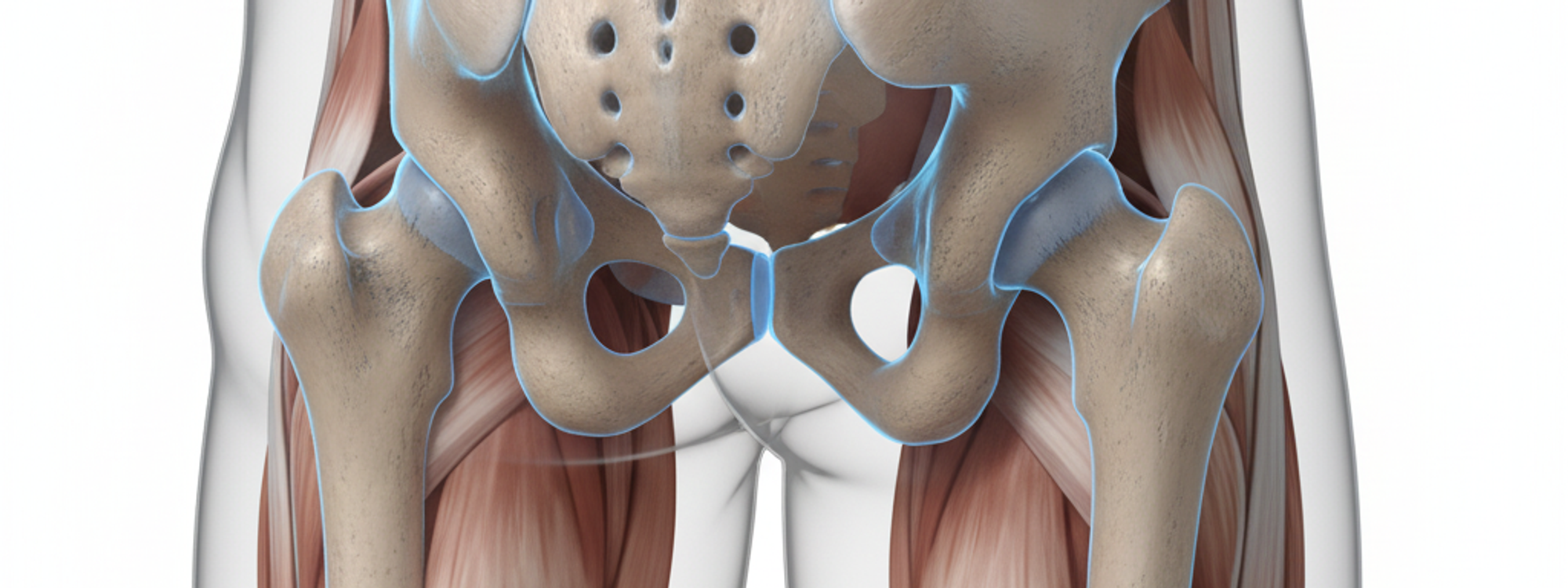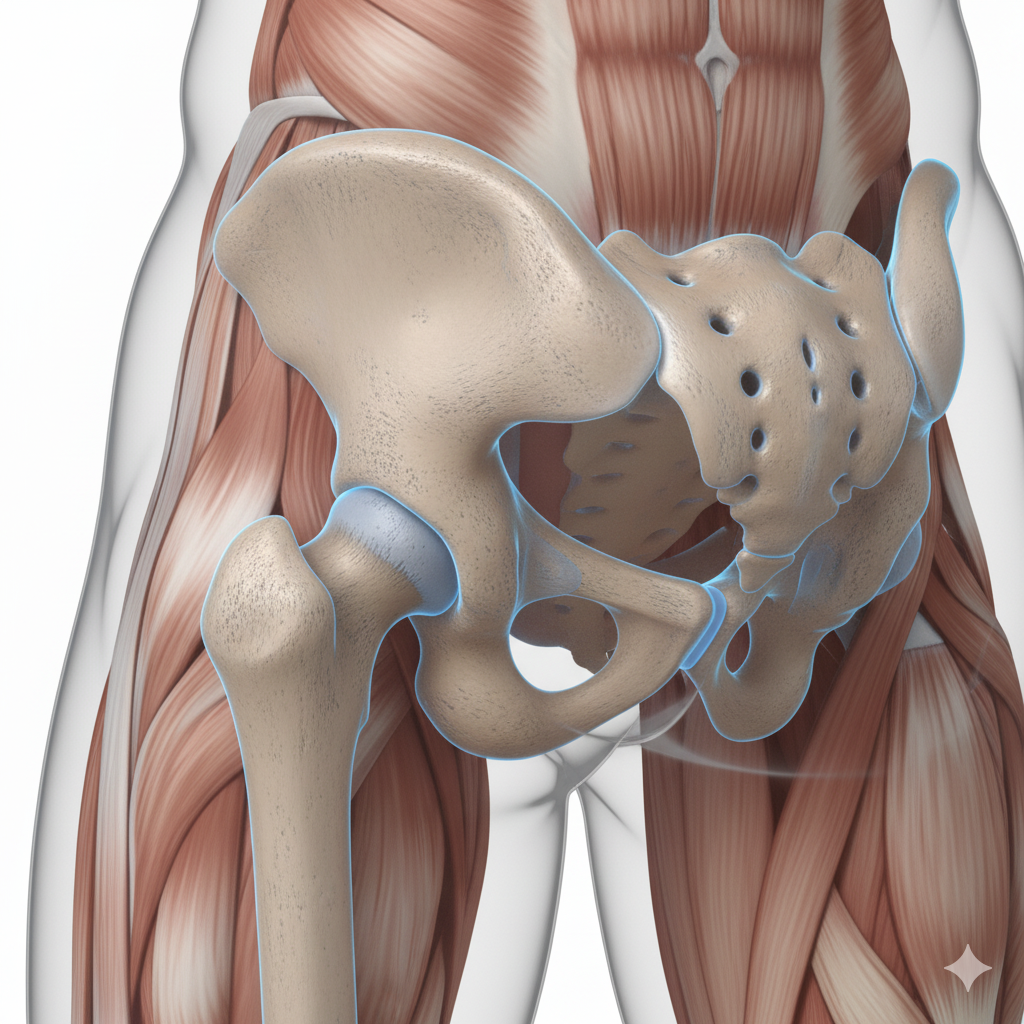
The human body is a complex and intricate system of interwoven parts, each playing a crucial role in our overall function and well-being. Among these parts, the ischium, a critical component of the hip bone, stands out due to its unique structure and function.
The ischium is one of the three essential components that constitute the hip bone, the other two being the ilium and the pubis. Specifically, the ischium is the lower and posterior part of the hip bone. It has three anatomically significant sections: the body of the ischium, the superior ramus of the ischium, and the inferior ramus of the ischium.
These sections of the ischium are distinguished by several key anatomical structures, such as the acetabulum, the ischial spine, the lesser ischial notch, the obturator foramen, and the ischial tuberosity. Through its contribution to the formation of the acetabulum, the ischium plays a vital role in the formation of the hip joint, a crucial joint in the human body.

The body of the ischium is the region adjacent to the ilium, under which the superior and inferior ramus of the ischium develop. This part of the ischium has an external surface, an internal surface, and a posterior edge. The external surface forms part of the acetabulum, while the internal surface forms part of the wall of the lesser pelvis. The posterior edge houses an eminence known as the ischial spine, and a small hollow termed the lesser ischial notch.
The superior ramus of the ischium develops inferiorly to the body of the ischium, with a slightly backward orientation. It has three anatomically interesting portions: an external surface, an internal surface, and a posterior surface. The external surface gives rise to certain muscle fibers, while the internal surface forms part of the wall of the lesser pelvis. The posterior surface is where the ischial tuberosity is located.
The inferior ramus of the ischium, thin and flattened, continues from the upper branch and connects to the pubis. This connection forms a structure known as the ischiopubic ramus, which significantly contributes to the formation of the obturator foramen.
The ischium, along with the ilium and pubis, fuses together to form the hip bone. This fusion process typically occurs around the 14th or 15th year of life in humans.
The ischium, as part of the pelvic bones, performs several critical functions. It supports the upper part of the body, connects the axial skeleton to the lower limbs, and provides an insertion point for muscles, ligaments, and tendons, which are crucial for walking and other movements.
The ischium, through its participation in the formation of the acetabulum, is a fundamental component of the hip joint. This joint is vital as it enables humans to stand upright, walk, run, jump, and perform other movements.
Several pathologies can affect the ischium, including avulsion fractures of the ischial tuberosity, hip pathologies involving the acetabulum, and ischial bursitis.
The two most significant hip pathologies related to anomalies of the acetabulum are coxarthrosis (or osteoarthritis of the hip) and congenital dysplasia of the hip.
Ischial bursitis is inflammation of the synovial bursa located between the gluteus maximus muscle and the ischial tuberosity. This condition is typically caused by prolonged sitting on hard surfaces.
Avulsion fractures are bone fractures that occur due to sudden and violent muscle contractions. Avulsion fractures of the ischial tuberosity are common injuries in sports, as athletes are more prone to muscle contractions and strains. These fractures are most likely to occur in sports such as soccer, American football, basketball, martial arts, and obstacle course racing.